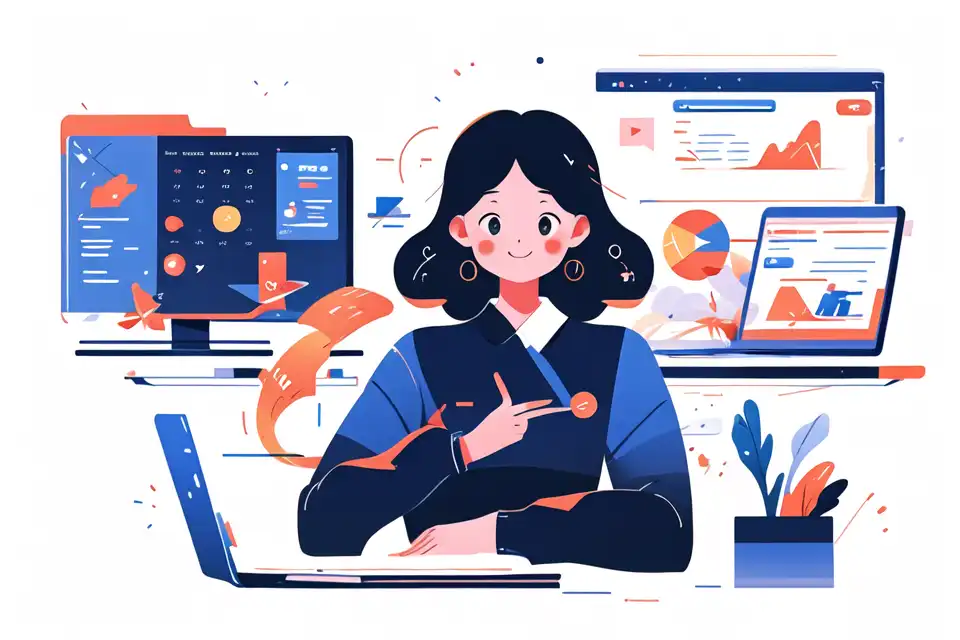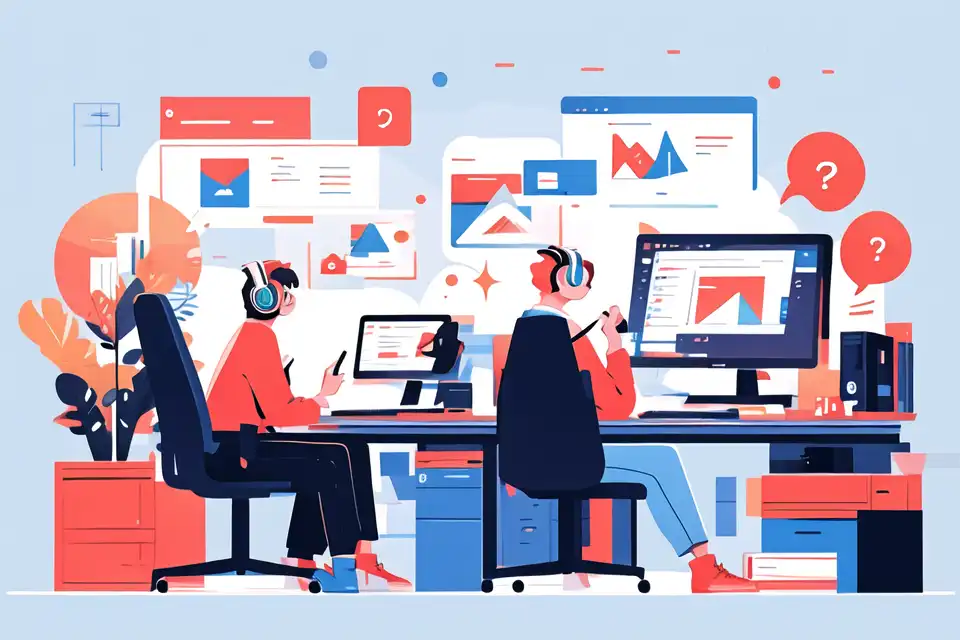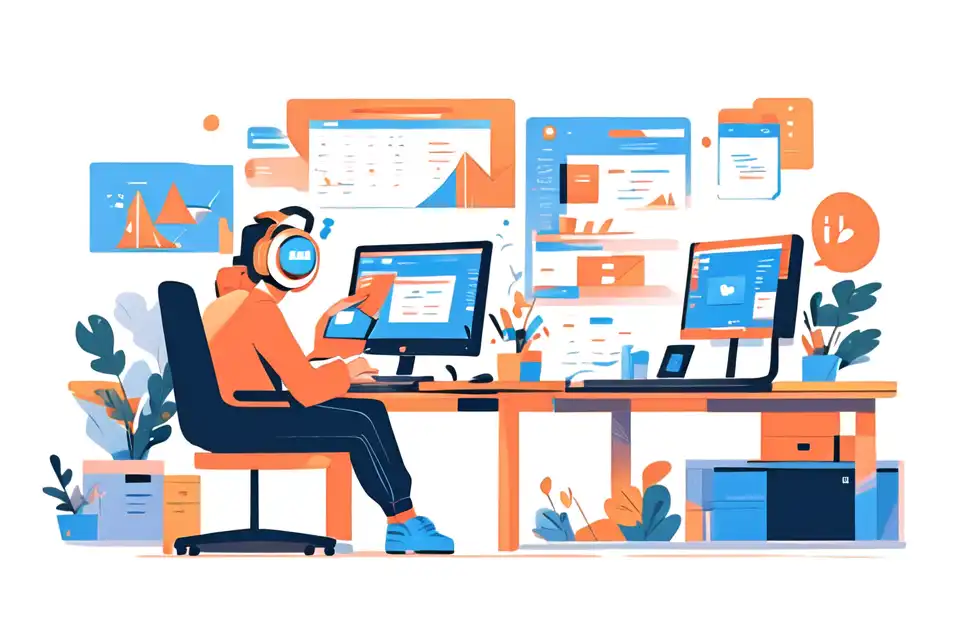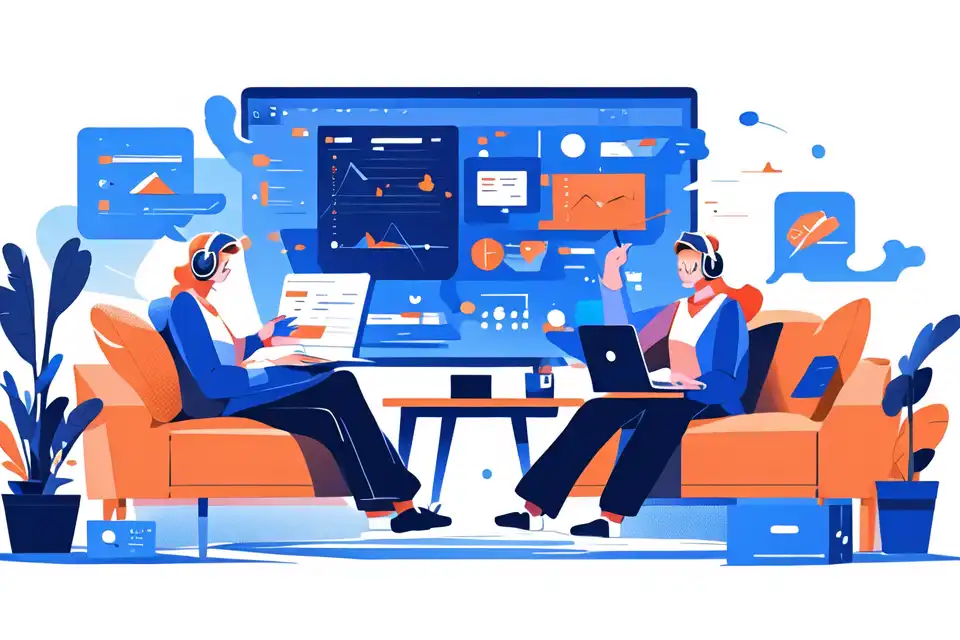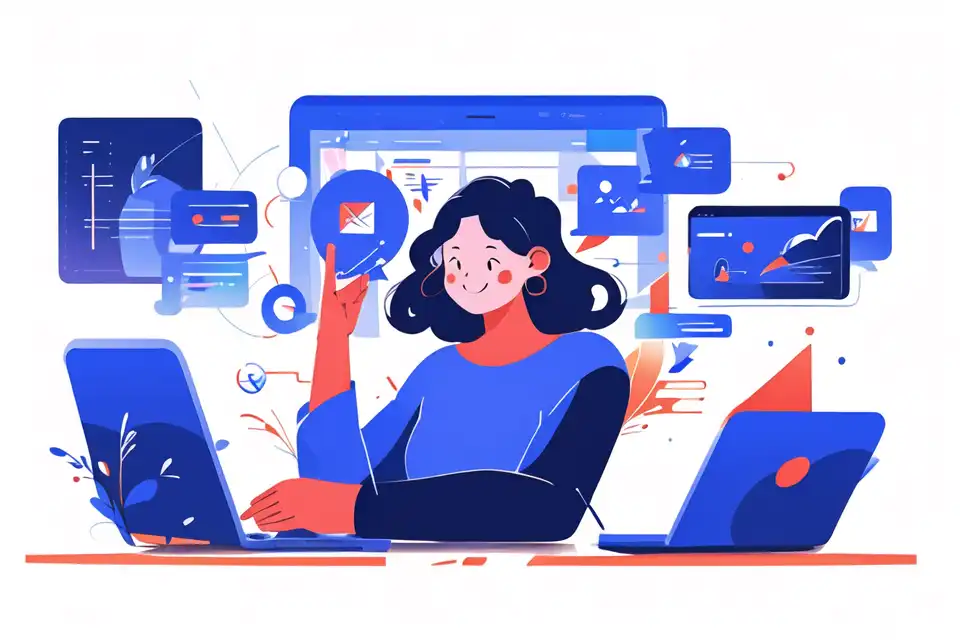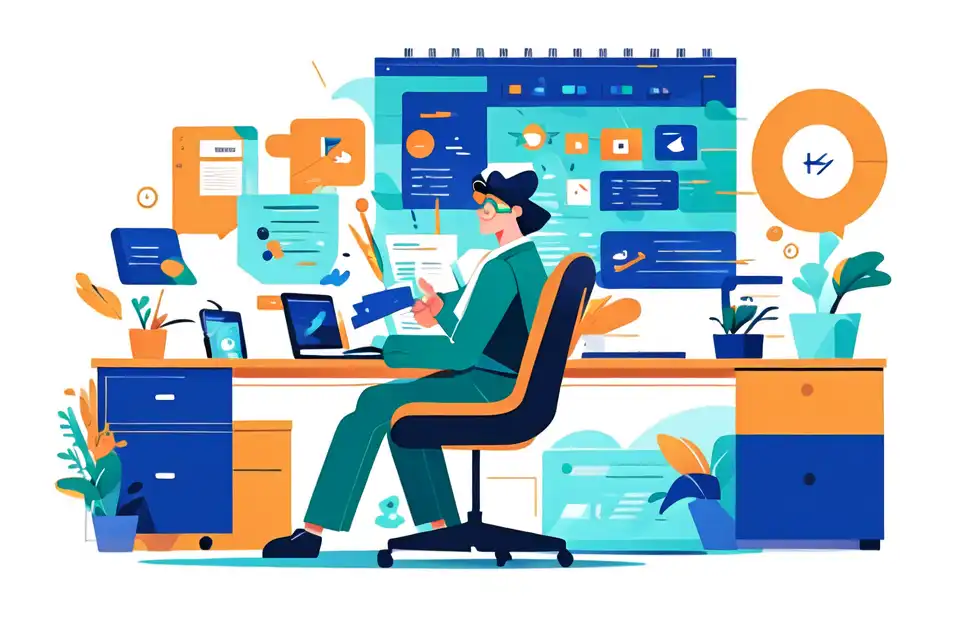Level Of Detail (LOD)
Unlock the potential of Level of detail (LOD) with the comprehensive Lark glossary guide. Explore essential terms and concepts to excel in the gaming realm with Lark solutions.
Try Lark for Free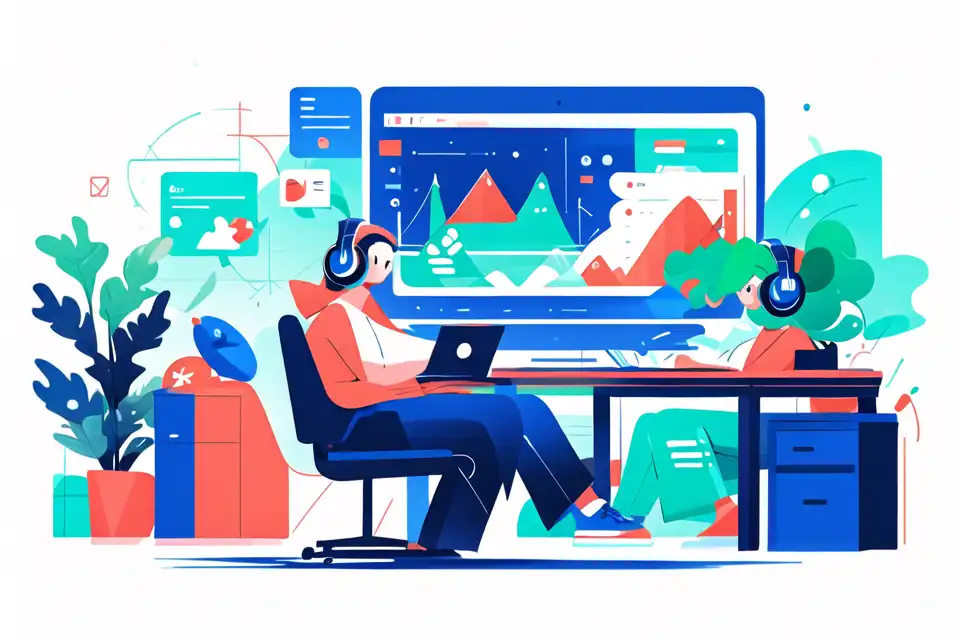
Level of Detail (LOD) is a concept that plays a significant role in the gaming industry. It refers to the process of optimizing the graphical complexity of objects or environments in a game based on their distance from the player's viewpoint. LOD is crucial for creating immersive and realistic gaming experiences while also ensuring optimal performance and efficient use of resources.
Leverage the full capabilities of Lark Base to streamline, oversee, and successfully execute your real estate strategies and initiatives.
Define level of detail (lod) and its relevance in the gaming industry
Level of Detail (LOD) is a technique used in gaming to manage the visual complexity of objects or environments based on their proximity to the player. It involves dynamically adjusting the level of graphical detail to balance visual quality and performance. LOD is relevant in the gaming industry as it directly impacts the player's experience and the overall success of a game.
For gamers, LOD ensures that the game runs smoothly without any lag or frame rate drops, allowing for a seamless and immersive gaming experience. On the other hand, for gaming businesses, LOD is crucial for optimizing resource usage and reducing development costs. By efficiently managing the level of detail, game developers can create visually stunning games that can run on a range of hardware configurations.
Significance of level of detail (lod) in gaming
Understanding Level of Detail (LOD) is essential for both gamers and people operating gaming businesses. For gamers, LOD directly affects the performance and visual quality of a game. By dynamically adjusting the level of detail based on the player's viewpoint, games can maintain a consistent frame rate and avoid visual artifacts. This ensures a smooth and enjoyable gaming experience.
For gaming businesses, LOD plays a vital role in optimizing resource usage and reducing development costs. By implementing LOD techniques, game developers can create visually stunning games that can run on a variety of hardware configurations. This allows for a broader market reach and increased player satisfaction. Additionally, LOD helps streamline the game development process by reducing the workload on artists and designers, as they can focus on creating high-quality assets for closer viewpoints.
Who benefits from level of detail (lod) in gaming?
Various stakeholders in the gaming ecosystem benefit from Level of Detail (LOD).
- Gamers: LOD ensures smooth gameplay and visually appealing graphics, enhancing the overall gaming experience.
- Game Developers: LOD techniques help optimize resource usage and reduce development costs, allowing developers to create visually impressive games that can be enjoyed on different hardware configurations.
- Hardware Manufacturers: LOD enables hardware manufacturers to showcase the capabilities of their products and drive sales by offering better performance on a wide range of games.
- Gaming Businesses: LOD helps gaming businesses reach a broader market by providing games that can run on different hardware setups. This increases the potential customer base and revenue opportunities.
Learn more about Lark x Gaming Industry
How level of detail (lod) works for gaming businesses
Practical Implications and Why It Matters
Level of Detail (LOD) has practical implications for gaming businesses. By implementing LOD techniques, gaming businesses can optimize resource usage and reduce development costs. This allows for the creation of visually stunning games that can run on various hardware configurations. LOD also helps streamline the game development process by reducing the workload on artists and designers, allowing them to focus on creating high-quality assets for closer viewpoints.
The practical implications of LOD include:
-
Performance Optimization: LOD enables games to run smoothly by dynamically adjusting the level of detail based on the player's viewpoint. This ensures a consistent frame rate and eliminates lag, providing a seamless gaming experience.
-
Resource Management: LOD helps gaming businesses optimize resource usage by allocating graphical complexity based on the player's proximity to objects or environments. This reduces the overall memory and processing requirements, allowing games to run efficiently on a range of hardware configurations.
-
Cost Efficiency: By implementing LOD techniques, gaming businesses can reduce development costs. LOD allows developers to create visually impressive games without the need for highly detailed assets in every scene. This saves time and resources, resulting in cost savings.
-
Enhanced Visual Quality: LOD ensures that the level of graphical detail is appropriate for the player's viewpoint. By dynamically adjusting the level of detail, games can maintain high visual quality in close-up scenes while reducing complexity in distant or less important areas.
Best practices when considering level of detail (lod) in gaming and why it matters
When considering Level of Detail (LOD) in gaming, there are several best practices that can be followed to ensure effective implementation:
-
Analyze the Game's Requirements: Understand the specific requirements of the game and its target hardware platforms. This will help determine the appropriate level of detail needed for optimal performance and visual quality.
-
Use Hierarchical LOD Systems: Implement hierarchical LOD systems that allow for multiple levels of detail based on the distance from the player's viewpoint. This ensures a smooth transition between different levels of detail and avoids sudden visual changes.
-
Optimize LOD Transitions: Pay attention to LOD transitions to ensure they are seamless and not noticeable to the player. This can be achieved through techniques such as fading, blending, or using LOD meshes.
-
Test and Iterate: Continuously test and iterate on the LOD implementation to ensure optimal performance and visual quality. Fine-tune the level of detail based on player feedback and performance profiling.
Implementing these best practices when considering LOD in gaming is important as it ensures that games run smoothly, provide high-quality visuals, and are optimized for different hardware configurations.
Learn more about Lark x Gaming Industry
Actionable tips for leveraging level of detail (lod) in the gaming industry
Here are some actionable tips for leveraging Level of Detail (LOD) in the gaming industry:
Tip 1: Optimize LOD Based on Gameplay Needs
Consider the gameplay requirements when implementing LOD. Focus on maintaining high detail for objects or environments that are crucial to the gameplay experience, such as characters or interactive elements. Less important or distant objects can have lower levels of detail to optimize performance.
Tip 2: Utilize LOD Culling Techniques
Implement LOD culling techniques to reduce unnecessary rendering of objects that are not within the player's field of view. This helps optimize performance by reducing the number of objects that need to be rendered and processed.
Tip 3: Balance Visual Quality and Performance
Find the right balance between visual quality and performance by adjusting the level of detail based on the hardware capabilities and target audience. Consider offering graphical settings that allow players to customize the level of detail according to their preferences and hardware limitations.
Related terms and concepts to level of detail (lod) in the gaming industry
Related Term or Concept 1: LOD Bias
LOD bias refers to the adjustment of the level of detail to prioritize performance or visual quality. It allows developers to fine-tune the LOD system to meet specific requirements, such as favoring performance on lower-end hardware or maximizing visual fidelity on high-end systems.
Related Term or Concept 2: LOD Distance
LOD distance refers to the distance at which the level of detail changes for objects or environments in a game. It determines when to transition between different levels of detail to maintain visual quality and performance.
Related Term or Concept 3: LOD Mesh
LOD mesh refers to the simplified versions of 3D models used at lower levels of detail. These meshes have fewer polygons and reduced graphical complexity, allowing for improved performance while maintaining visual fidelity.
Learn more about Lark x Gaming Industry
Conclusion
In conclusion, Level of Detail (LOD) is a crucial concept in the gaming industry. Understanding and implementing LOD techniques can greatly enhance the gaming experience for players while optimizing resource usage and reducing development costs for gaming businesses. By striking the right balance between visual quality and performance, LOD ensures that games run smoothly on a variety of hardware configurations, providing an immersive and enjoyable gaming experience.
Continuous learning and adaptation are essential in the dynamic gaming landscape. As technology advances and hardware capabilities improve, staying up-to-date with the latest LOD techniques and best practices is crucial for game developers and businesses to remain competitive and deliver high-quality gaming experiences.
Leverage the full capabilities of Lark Base to streamline, oversee, and successfully execute your real estate strategies and initiatives.
